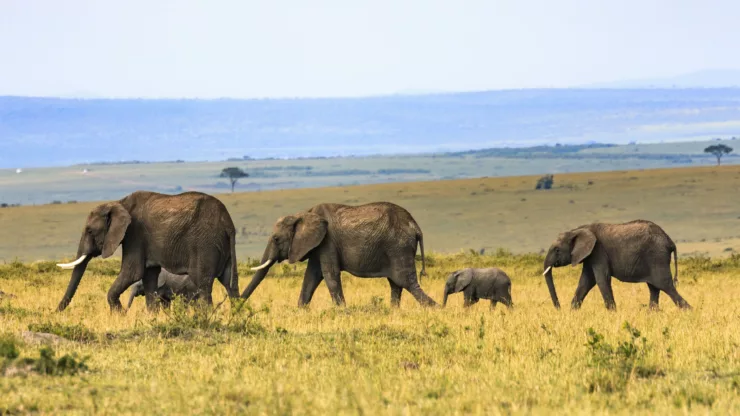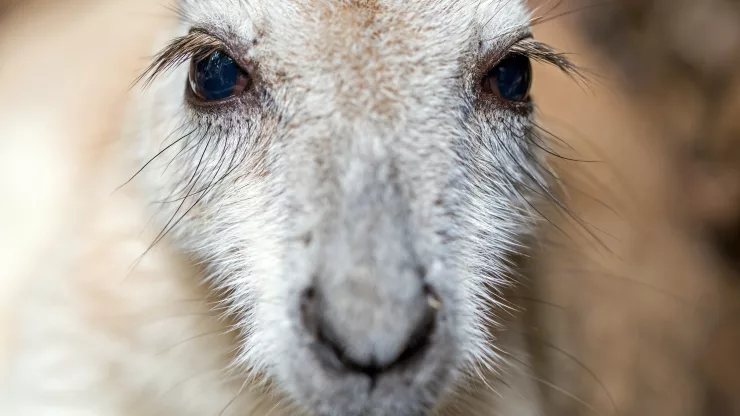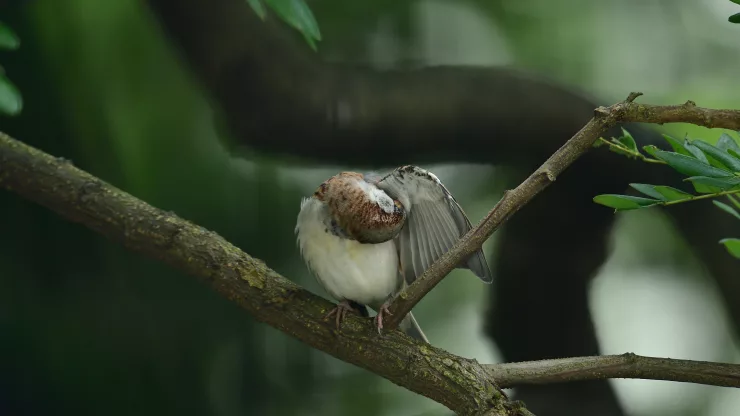As the world becomes increasingly urbanized, it is essential to incorporate nature into cities.
Urban wildlife plays a significant role in the ecological balance of urban areas, and it is crucial to ensure that their habitats are preserved.
In this article, we will explore the benefits of urban wildlife, the negative effects of urbanization on wildlife, and strategies for incorporating nature into cities.
We will also examine successful examples of urban wildlife planning, challenges and limitations, and future directions.
Jump to Section
Introduction: The Importance of Incorporating Nature into Cities
Urbanization has led to the fragmentation and destruction of natural habitats, resulting in the loss of biodiversity.
Incorporating nature into cities can help to mitigate this loss and provide numerous benefits.
The Benefits of Urban Wildlife
Urban wildlife provides several benefits, including:
- Improving air and water quality
- Regulating pest populations
- Increasing pollination
- Enhancing mental and physical health
- Boosting local economies through ecotourism
The Negative Effects of Urbanization on Wildlife
Urbanization has several negative effects on wildlife, including:
- Habitat loss and fragmentation
- Increased mortality due to collisions with vehicles and buildings
- Exposure to pollutants and toxins
- Competition with invasive species
The Need for Urban Planning
Urban planning is crucial for the conservation of urban wildlife.
It involves the development and implementation of strategies for managing and enhancing urban green spaces and wildlife habitats.
Strategies for Incorporating Nature into Cities
There are several strategies for incorporating nature into cities, including:
Designing Green Spaces
Green spaces, such as parks, gardens, and urban forests, provide essential habitats for urban wildlife and enhance the quality of life for city residents.
Designing green spaces for biodiversity can help to support a range of species.
Creating Wildlife Corridors
Wildlife corridors are strips of habitat that connect fragmented green spaces, allowing animals to move between them.
Creating wildlife corridors can help to increase habitat connectivity and reduce the negative effects of urbanization on wildlife.
Implementing Sustainable Infrastructure
Sustainable infrastructure, such as green roofs, rain gardens, and permeable pavement, can help to manage stormwater runoff and provide additional habitats for urban wildlife.
Comparing Green Infrastructure Options
| Green Infrastructure Option | Benefits |
|---|---|
| Green Roofs | Reduce energy consumption, provide habitat for birds and insects |
| Rain Gardens | Reduce stormwater runoff, provide habitat for amphibians and insects |
| Permeable Pavement | Reduce stormwater runoff, provide habitat for soil-dwelling organisms |
Educating the Public
Educating the public about the importance of urban wildlife and the need for conservation is essential.
Public awareness campaigns and educational programs can help to increase support for urban wildlife planning.
Case Studies: Successful Examples of Urban Wildlife Planning
Several cities have implemented successful urban wildlife planning strategies, including:
New York City’s Million Trees Program
New York City’s Million Trees Program aims to plant one million trees by 2017.
The program provides numerous benefits, including improving air quality, reducing energy consumption, and enhancing habitat for urban wildlife.
The High Line Park in Manhattan
The High Line Park in Manhattan is a 1.45-mile-long elevated park built on an abandoned railway line.
The park provides essential habitat for several species, including birds, butterflies, and bees.
The San Antonio River Walk
The San Antonio River Walk is a network of walkways along the San Antonio River.
The River Walk provides critical habitat for several species, including fish, birds, and mammals.
Comparing the Success of Urban Wildlife Planning in Different Cities
| City | Success |
|---|---|
| New York City | Significant increase in green spaces, improvement in air quality |
| Seattle | Increase in urban forest canopy, reduction in stormwater runoff |
| Portland | Increase in green roofs, reduction in energy consumption |
Challenges and Limitations
Several challenges and limitations exist in urban wildlife planning, including:
Funding Constraints
Funding is often limited for urban wildlife planning, and it can be challenging to secure funding for long-term projects.
Balancing Human Needs and Wildlife Conservation
Balancing human needs and wildlife conservation can be challenging. Urban wildlife planning must consider the needs of both humans and wildlife.
Addressing the Needs of Different Species
Different species have different habitat requirements, and it can be challenging to meet the needs of all species in urban environments.
Future Directions
Several future directions exist for urban wildlife planning, including:
Embracing Biodiversity
Embracing biodiversity can help to support a range of species and enhance ecosystem resilience.
Using Technology to Enhance Urban Wildlife Planning
Technology, such as GIS and remote sensing, can help to identify critical habitats and inform urban wildlife planning.
Collaborating with Communities
Collaborating with communities can help to increase support for urban wildlife planning and ensure that the needs of all stakeholders are considered.
Conclusion: The Future of Urban Wildlife Planning
Incorporating nature into cities is essential for the conservation of urban wildlife and the enhancement of urban environments.
By implementing strategies for incorporating nature into cities, educating the public, and collaborating with communities, we can create more resilient and sustainable urban environments.
FAQ
What is urban wildlife planning?
Urban wildlife planning involves the development and implementation of strategies for managing and enhancing urban green spaces and wildlife habitats.
What are the benefits of urban wildlife?
Urban wildlife provides several benefits, including improving air and water quality, regulating pest populations, increasing pollination, enhancing mental and physical health, and boosting local economies through ecotourism.
What are the challenges of urban wildlife planning?
Challenges of urban wildlife planning include funding constraints, balancing human needs and wildlife conservation, and addressing the needs of different species.
I’m a nature enthusiast and creator of Metro Wilds and have spent years exploring the great outdoors.
With a passion for environmental conservation and sustainability, I have dedicated my career to writing about the beauty and wonders of nature, as well as the threats facing our planet.
Contact me at [email protected] for assistance.





